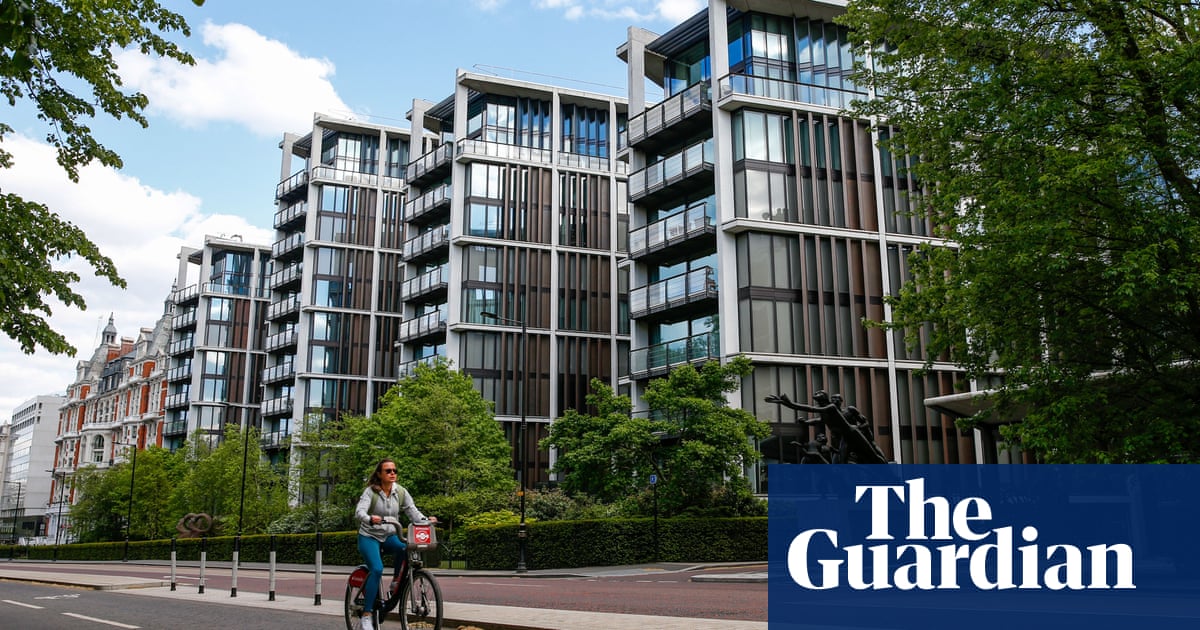
(Reuters) -The U.S. housing market bounced back quickly last year after the pandemic gave some workers the flexibility to work from anywhere - and demand for vacation homes was especially hot, according to a report released on Tuesday by the National Association of Realtors.
Sales of existing homes in counties with a higher share of vacation homes rose by 24% on average in 2020, more than double the 11% increase in counties that don’t have a high concentration of vacation homes.
Home prices also appreciated more quickly in vacation home counties, gaining an average 14% last year, compared with the average 10% annual increase in non-vacation-home counties. Buyers in vacation areas were also more likely to make all-cash offers.
Vacation-home counties were defined as those where at least 20% of the properties are for seasonal or recreational use. As of 2019, about 10% of the 3,143 counties in the United States were vacation-home counties, according to the association here.
The hottest vacation markets were concentrated in 16 states, including North Carolina, New York, Vermont and Massachusetts. The No. 1 county, based on sales growth, price and days on the market, was Lee County in Florida, which includes cities such as Fort Myers and Cape Coral.
In the next hottest market, Oscoda County, Michigan, home sales rose by 54% in 2020 and the median sales price increased by 79%, according to the report. The county, which is about four hours away from Detroit, includes the Huron-Manistee National Forests and Oscoda Beach Park.
The increased demand for vacation homes was sparked by the move to work from home and the shift to virtual schooling, which gave families the flexibility to relocate, the researchers said.
The dramatic increase in home sales in some vacation markets is a reminder of the stark inequality that struck the housing market during the pandemic, which left millions of Americans out of work and caused some to fall behind on their housing payments.
A rush of federal aid - including direct cash payments, eviction moratoriums and a mortgage forbearance program - helped to keep many people in their homes, but some households are still struggling.
The share of homeowners with mortgages in forbearance surged to 7% by May 2020 and slowly declined to 4% this spring, according to a report here by the Federal Reserve Bank of New York. Borrowers in low-income areas and those with loans insured by the Federal Housing Administration were more likely to stay in forbearance for an extended period of time.
Reporting by Jonnelle Marte; editing by Jonathan Oatis
Our Standards: The Thomson Reuters Trust Principles.












